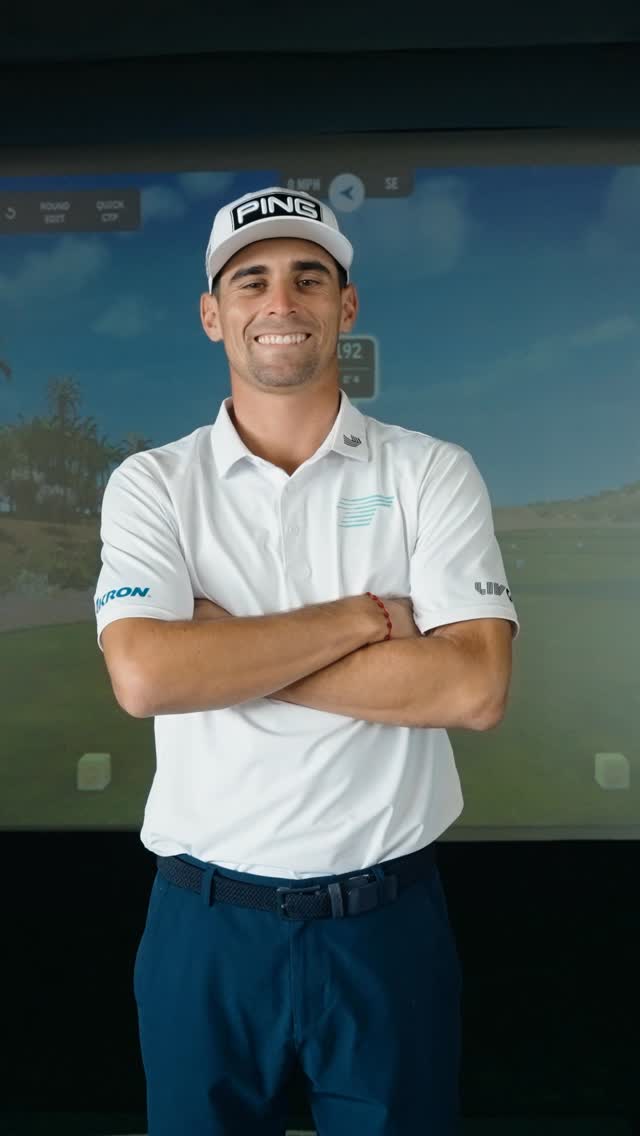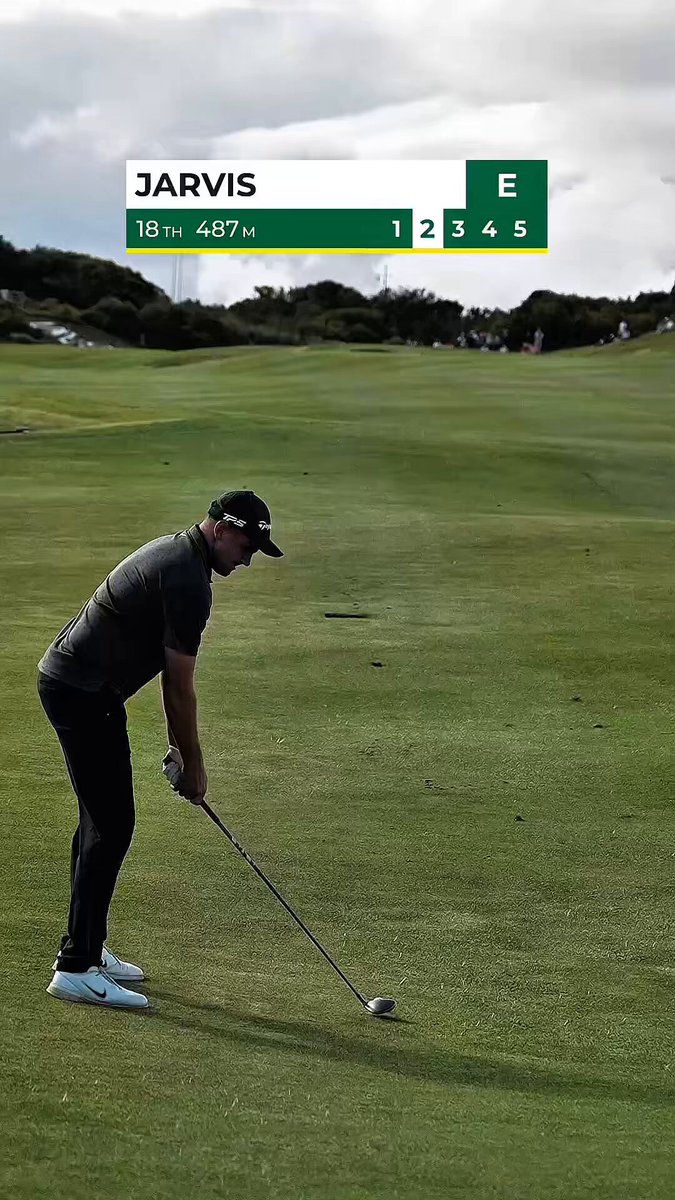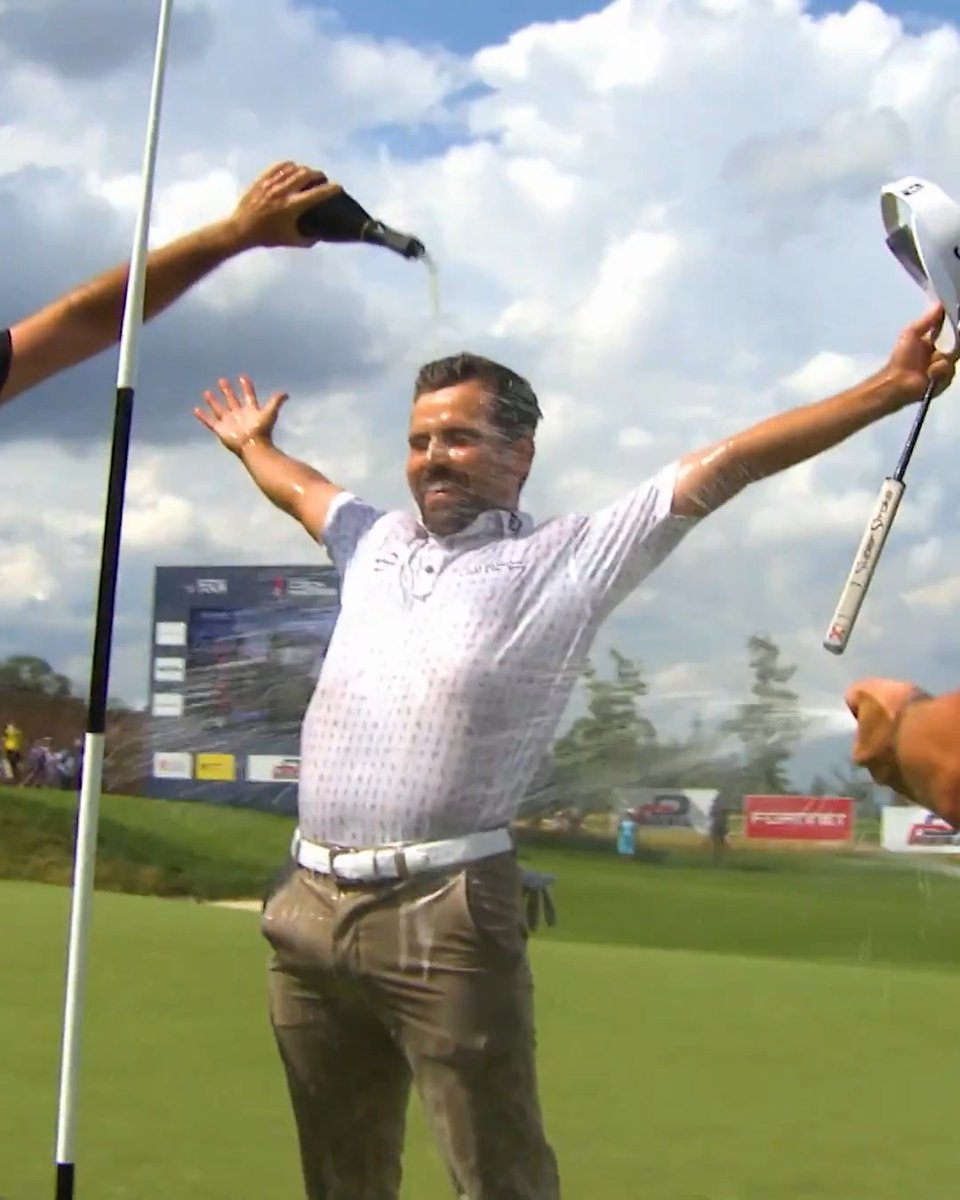Sami Valimaki emerged victorious at the RSM Classic, securing his maiden PGA Tour title in the final event of the FedEx Cup Fall. The Finnish golfer delivered a composed and consistent performance throughout the week, culminating in a final-round 66 to finish four-under-par on Sunday. With this win, Valimaki not only celebrates his first career victory on the PGA Tour but also qualifies for the AT&T Pebble Beach Pro-Am and the Genesis Invitational.
PGA Tour: Valimaki shines at RSM Classic finale
Entering the tournament ranked 74th in the FedEx Cup standings, Sami Valimaki was already in a strong position to retain his PGA Tour card for the 2026 season. However, the 27-year-old made the most of the opportunity, showcasing a near-flawless game across four rounds. On Sunday, he carded a 66 to fend off late charges from Americans Max McGreevy (-7) and Ricky Castillo (-8). Valimaki started strong with birdies on holes 2 and 4, followed by a risky tee shot on hole 5 that led to a bogey—just his fourth of the week. He bounced back quickly with another birdie on hole 8 and added two more on the back nine at holes 10 and 15 to seal the win.
Mixed results for German players
It was a disappointing week for the German contingent. Jeremy Paul and Stephan Jäger both missed the cut on Friday, finishing at three and four under par, respectively. Jäger concluded the FedEx Cup Fall season ranked 68th, securing his PGA Tour card. However, a stronger finish might have propelled him into the top 60, granting him entry into Pebble Beach and the Genesis Invitational. Jeremy Paul ended the season at 135th, resulting in the loss of his PGA Tour card. Thomas Rosenmüller, the only German to make the weekend, finished T64 after rounds of 72 and 69, placing him 151st in the standings and also costing him his card.






